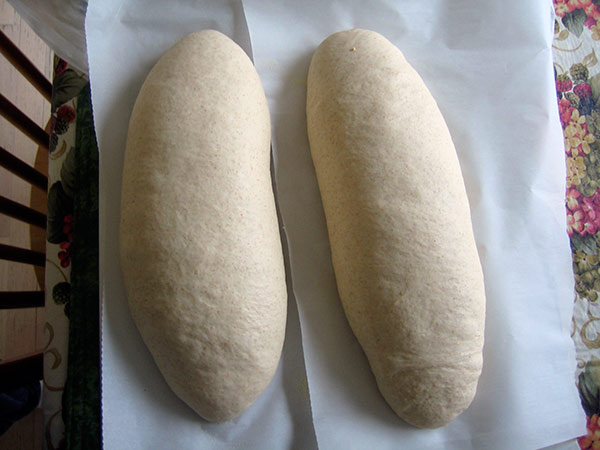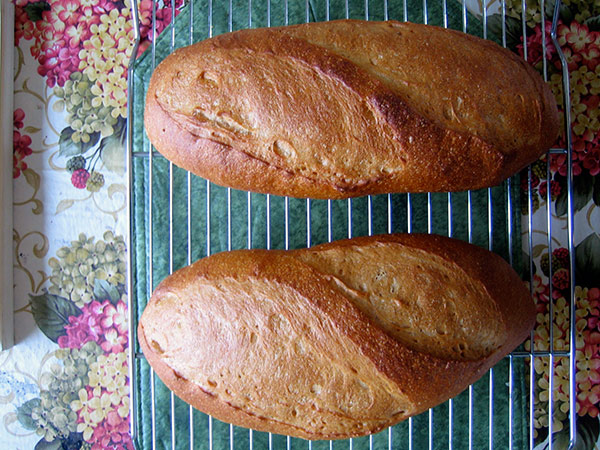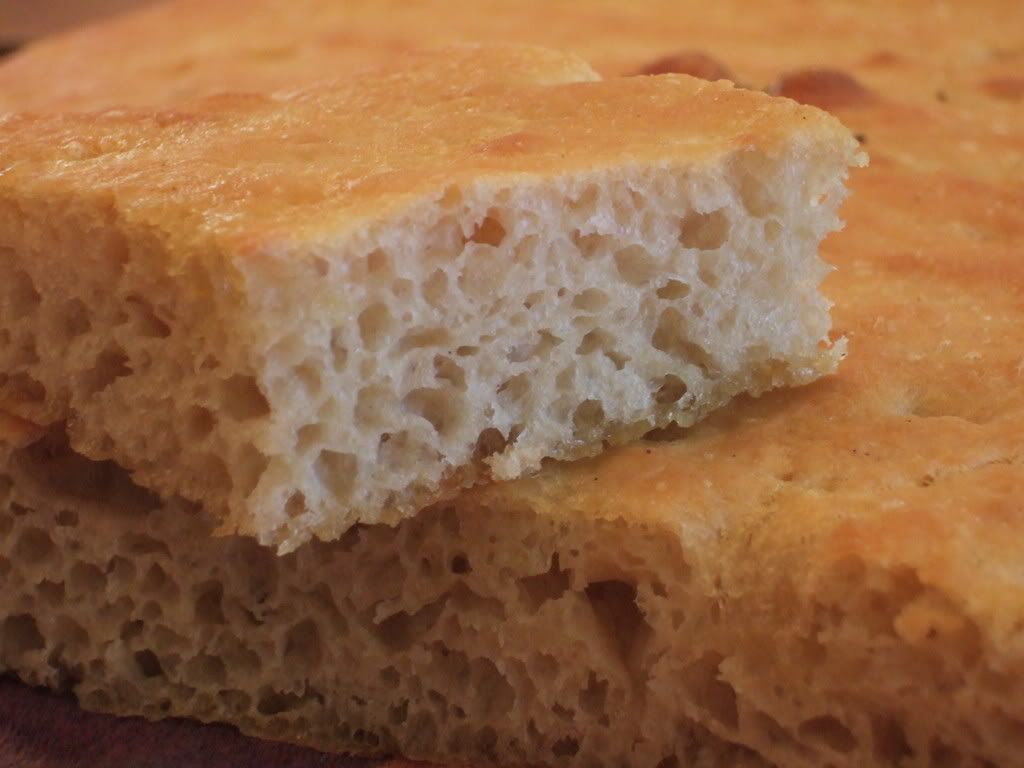Really Easy Sourdough Onion Rye
Hello Folks, this is my first post on The Fresh Loaf, altough I have been reading and trying out recipes for a long time.
I wanted to share a very easy recipe for Sourdough Onion Rye, which is an adaption of pretty much everything I have learned from this site. It's really quite easy to make and comes out fine every time, so good luck and please give me feedback, I would love to hear about your experience.
The Starter
- Log in or register to post comments
- 6 comments
- View post
- canuck's Blog
 [/center]
Because there was enough dough for two loaves, I decided to make one as a roll and braid the other one without filling it.
We really love this bread. And we really loved how much oven spring there was.
[/center]
Because there was enough dough for two loaves, I decided to make one as a roll and braid the other one without filling it.
We really love this bread. And we really loved how much oven spring there was.







